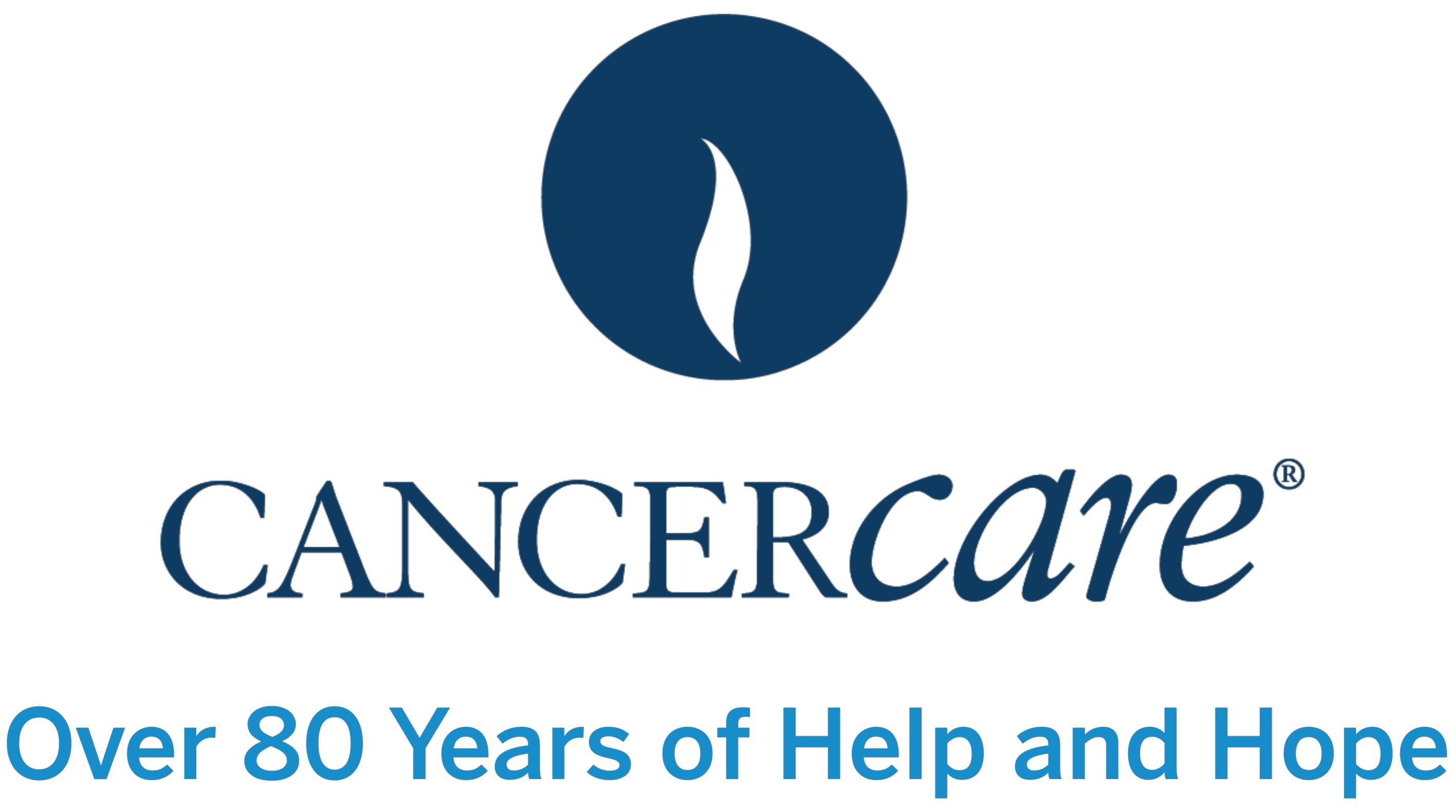What Are Copay Accumulator Adjustor Programs?
Every health insurance plan requires “cost-sharing” by a patient. There are several important terms that you should know:
A deductible is the amount an insured person must pay out-of-pocket for covered drugs and services before their insurance company starts to pay a portion of those costs.
When you have paid your deductible in full, your insurance starts paying a portion of your care expenses under the terms of the plan. You pay a copayment or copay, which is a set amount, or coinsurance, which is a percent of the drug cost.
Your plan also has an out-of-pocket maximum, the most a patient has to pay for covered drugs and services in a plan year. After the patient has paid this amount, the insurance company pays 100% of the costs for covered benefits.
How Copay Accumulators Work
If you have a health plan and receive financial assistance to help pay for a medication, the pharmacy sends that money directly to your insurance company. The insurance company will not count this payment toward your deductible or your out-of-pocket maximum. When your financial assistance runs out, you will have to pay the full cost of the drug each time you fill your prescription until you reach your deductible for the plan year. Only the amount you pay directly for your medicine is counted toward your deductible and out-of-pocket maximum.
How Do You Know if You Have a Copay Accumulator Program?
Copay accumulator programs have become very common, but they aren’t always easy to notice in insurance policy documents.
Make sure you read your health plan’s documents provided by your employer and look for terms such as “Out-of-Pocket Protection Program” (Express Scripts); “True Accumulation” (Caremark); “Coupon Adjustment: Benefit Plan Protection Program” (UnitedHealthcare). Other names insurers use include coupon adjustment, variable copayment, out-of-pocket maximum calculation process or primary coupon adjustment. However, be aware that other names may be used.
Several states have passed laws requiring health insurance plans they regulate, such as Affordable Care Act (ACA) plans bought through the state marketplace, to count any patient assistance toward deductibles and out-of-pocket maximums. Unfortunately, these state laws often don’t apply to large, employer-based plans or employer self-funded plans.
Copay Maximizer Programs
Copay maximizer programs take the financial assistance paid on your behalf and evenly spread its value throughout the plan year. Although this may make it easier to afford your medications, these programs, like copay accumulators, don’t allow the financial assistance you receive to count toward your deductible or out-of-pocket maximum. Be aware that additional names may be used for copay maximizer programs.
